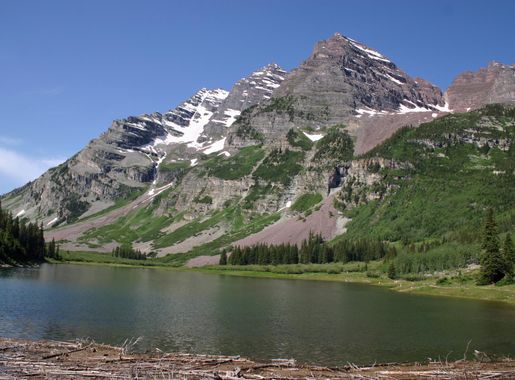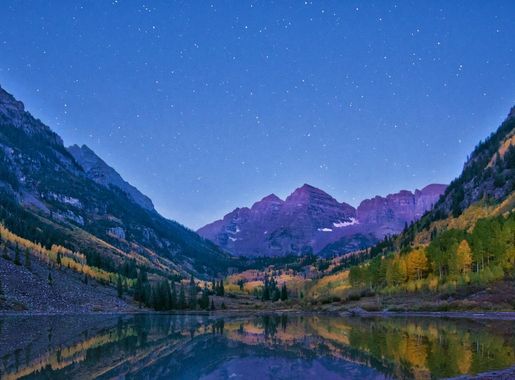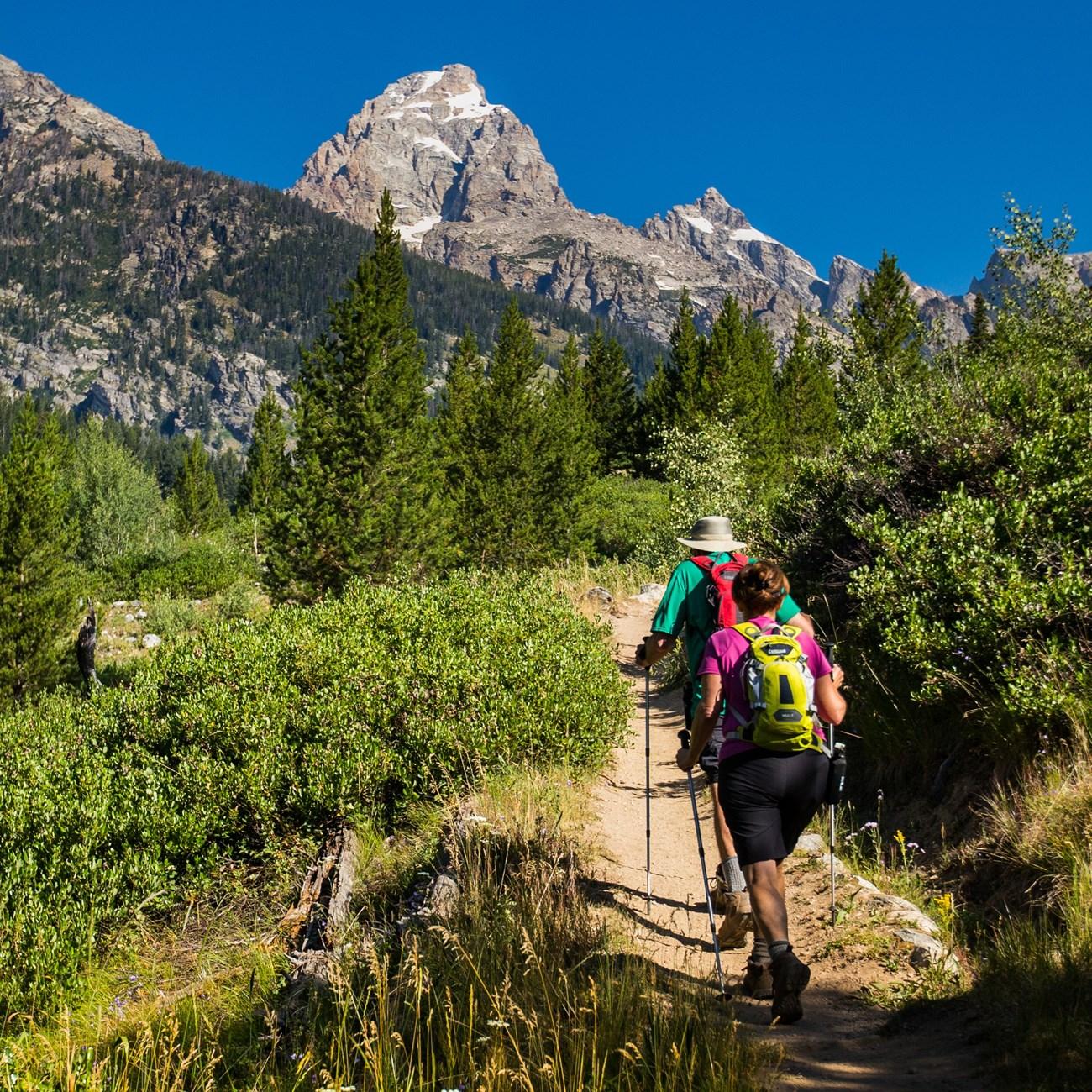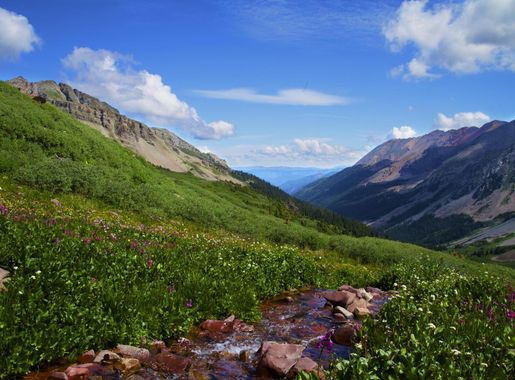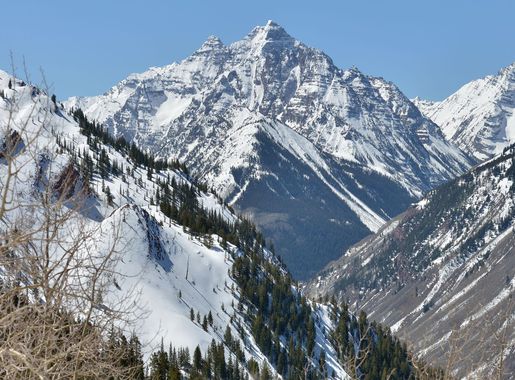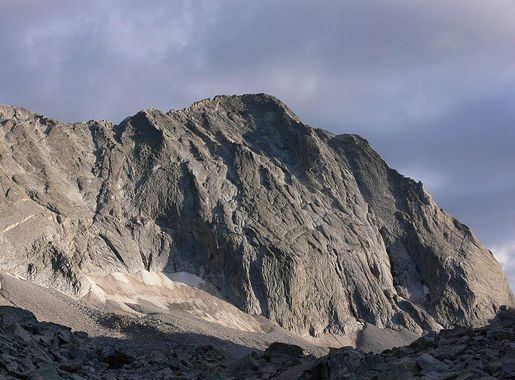
Maroon Bells-Snowmass Wilderness: A Colorado Paradise
Discover the Maroon Bells-Snowmass Wilderness in Colorado, a stunning natural area with iconic peaks, serene lakes, and diverse landscapes perfect for outdoor adventures.
The Maroon Bells-Snowmass Wilderness in Colorado is a breathtaking natural area that offers a serene escape into the heart of the Rocky Mountains. Known for its stunning alpine scenery, the wilderness is home to the iconic Maroon Bells, two of North America's most photographed peaks. These twin peaks reflect beautifully in the crystal-clear Maroon Lake, creating a scene that is both picturesque and awe-inspiring. The wilderness area spans over 181,000 acres and includes a diverse range of landscapes, from lush meadows filled with wildflowers to rugged mountain terrain. Hikers and outdoor enthusiasts will find a network of trails that cater to all levels of experience. Popular routes include the Maroon Lake Scenic Trail, which offers easy access to stunning views, and the more challenging Four Pass Loop, renowned for its panoramic vistas and varied terrain. Wildlife enthusiasts will also find the area rewarding, with opportunities to spot elk, deer, and even the occasional bear. The region's diverse ecosystems support a wide variety of plant and animal life, making every visit a unique experience. Whether you're looking to hike, camp, or simply soak in the natural beauty, the Maroon Bells-Snowmass Wilderness offers an unforgettable adventure in one of Colorado's most pristine settings.
Local tips in Maroon Bells-Snowmass Wilderness
- Visit early in the morning or late in the afternoon to avoid crowds and capture the best light for photography.
- Check the weather forecast before you go, as conditions can change rapidly in the mountains.
- Bring plenty of water and snacks, as there are limited facilities within the wilderness area.
- Wear sturdy hiking boots and layers, as trails can be rugged and temperatures can vary.
- Consider visiting during the fall to see the stunning display of autumn colors.
Maroon Bells-Snowmass Wilderness: A Colorado Paradise
The Maroon Bells-Snowmass Wilderness in Colorado is a breathtaking natural area that offers a serene escape into the heart of the Rocky Mountains. Known for its stunning alpine scenery, the wilderness is home to the iconic Maroon Bells, two of North America's most photographed peaks. These twin peaks reflect beautifully in the crystal-clear Maroon Lake, creating a scene that is both picturesque and awe-inspiring. The wilderness area spans over 181,000 acres and includes a diverse range of landscapes, from lush meadows filled with wildflowers to rugged mountain terrain. Hikers and outdoor enthusiasts will find a network of trails that cater to all levels of experience. Popular routes include the Maroon Lake Scenic Trail, which offers easy access to stunning views, and the more challenging Four Pass Loop, renowned for its panoramic vistas and varied terrain. Wildlife enthusiasts will also find the area rewarding, with opportunities to spot elk, deer, and even the occasional bear. The region's diverse ecosystems support a wide variety of plant and animal life, making every visit a unique experience. Whether you're looking to hike, camp, or simply soak in the natural beauty, the Maroon Bells-Snowmass Wilderness offers an unforgettable adventure in one of Colorado's most pristine settings.
When is the best time to go to Maroon Bells-Snowmass Wilderness?
Iconic landmarks you can’t miss
Maroon Bells Scenic Area
Explore the breathtaking beauty of Maroon Bells Scenic Area, a true Colorado gem perfect for hiking, photography, and nature appreciation.
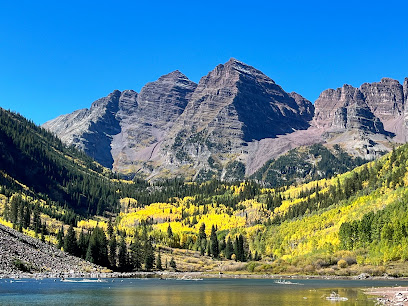
West Maroon Creek
West Maroon Creek: A breathtaking escape in Colorado's Rockies, offering stunning views, vibrant wildflowers, and unforgettable outdoor adventures amid nature's splendor.
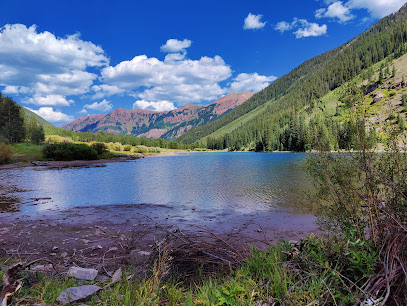
Maroon Bells-Snowmass Wilderness - White River
Experience the breathtaking beauty and outdoor adventures of Maroon Bells-Snowmass Wilderness in Colorado's stunning Rocky Mountains.
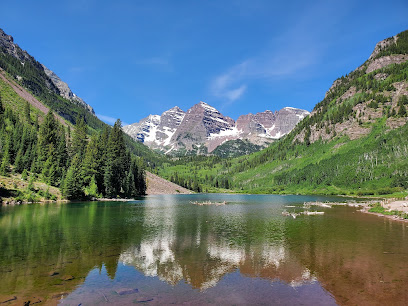
Maroon Bells Amphitheatre
Explore the breathtaking beauty of Maroon Bells Amphitheatre, a premier hiking destination in Colorado's stunning wilderness, perfect for nature lovers.
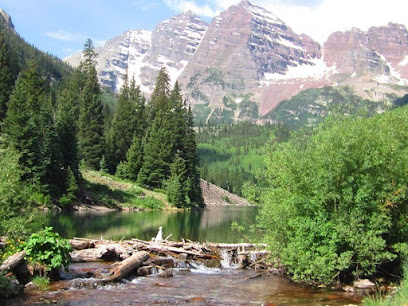
Maroon Snowmass Trailhead
Explore the stunning Maroon Snowmass Trailhead, your gateway to breathtaking hikes and Colorado's majestic wilderness.
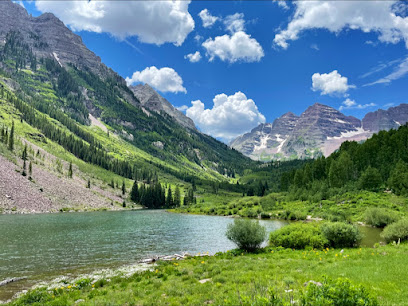
Maroon-Bells-Snowmass Wildnerness
Explore the stunning Maroon Bells-Snowmass Wilderness, a natural paradise filled with breathtaking peaks, vibrant lakes, and abundant wildlife in Colorado.
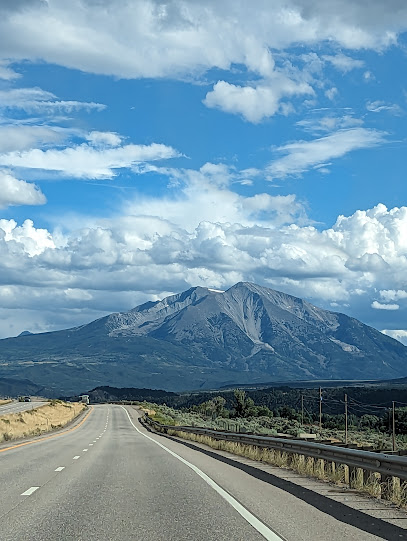
Unmissable attractions to see
Maroon Bells Scenic Area
Explore the breathtaking beauty of Maroon Bells Scenic Area, a must-visit destination for nature lovers and outdoor enthusiasts in Colorado.
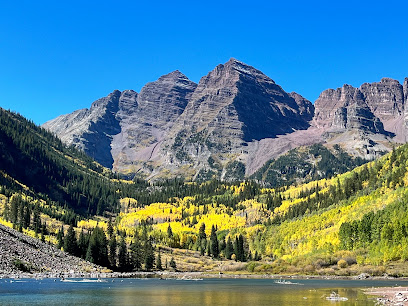
West Maroon Creek
Experience the breathtaking landscapes and outdoor adventures at West Maroon Creek, a gem in the Maroon Bells - Snowmass Wilderness.
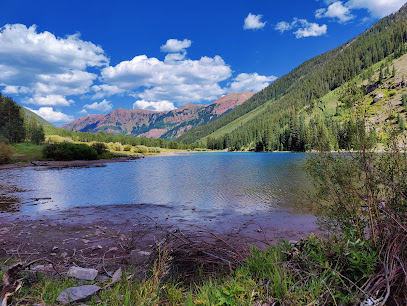
Maroon Bells-Snowmass Wilderness - White River
Explore the stunning Maroon Bells-Snowmass Wilderness, a nature preserve featuring breathtaking mountain views, hiking trails, and diverse wildlife in Colorado.
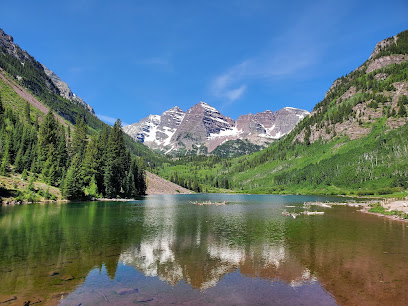
Maroon Bells Amphitheatre
Discover the breathtaking beauty of Maroon Bells Amphitheatre in Aspen, Colorado—a hiker's paradise surrounded by stunning mountain scenery and serene lakes.
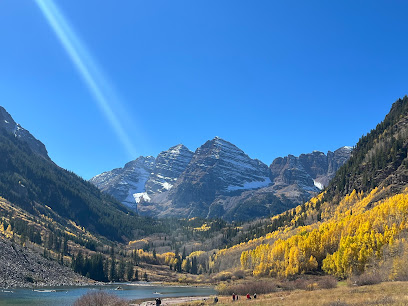
Maroon Snowmass Trailhead
Venture into the breathtaking beauty of Maroon Snowmass Trailhead, where stunning landscapes meet unforgettable adventures in the heart of Colorado's wilderness.
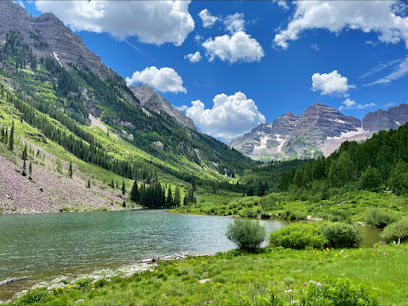
Crested Butte
Discover Crested Butte, Colorado's hidden gem with stunning landscapes, vibrant wildflowers, and year-round outdoor adventures.
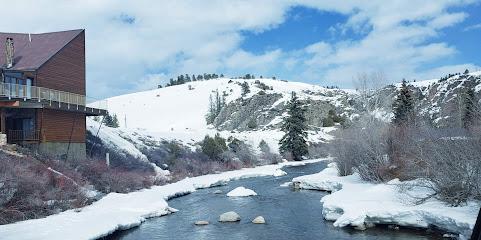
Maroon-Bells-Snowmass Wildnerness
Explore the breathtaking beauty of Maroon Bells-Snowmass Wilderness, a nature preserve in Colorado known for stunning mountain views and outdoor adventures.
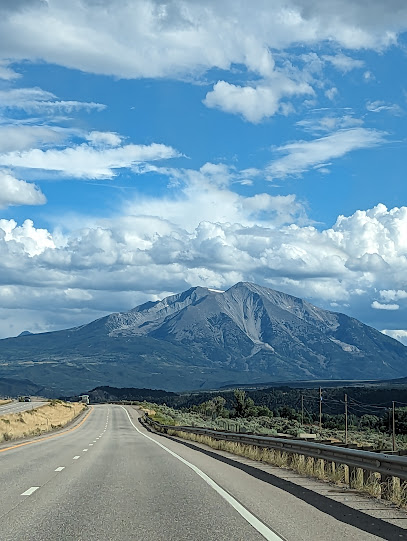
Essential places to dine
Venga Venga
Discover the vibrant flavors of Venga Venga in Snowmass Village—where every meal is a celebration of taste and community.
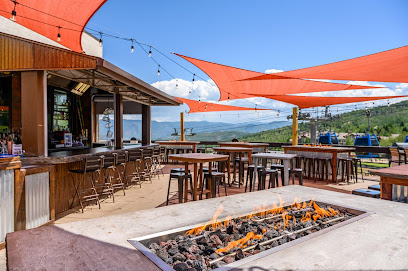
The Stew Pot
Discover delightful American cuisine at The Stew Pot in Snowmass Village - where comfort meets culinary excellence amidst stunning mountain views.
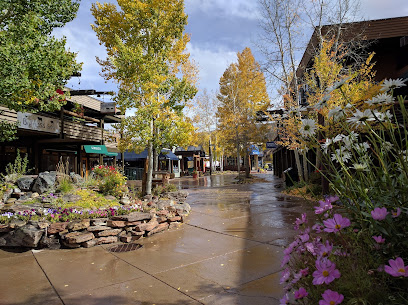
Base Camp Bar & Grill
Discover flavorful grilled dishes and stunning mountain views at Base Camp Bar & Grill in Snowmass Village.
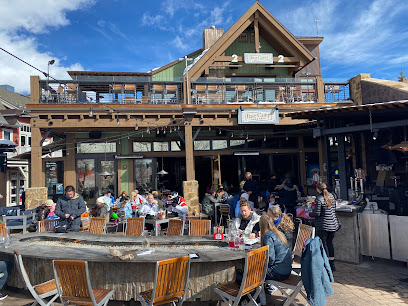
Elk Camp
Experience organic dining at Elk Camp in Snowmass Village - where fresh flavors meet breathtaking mountain views.
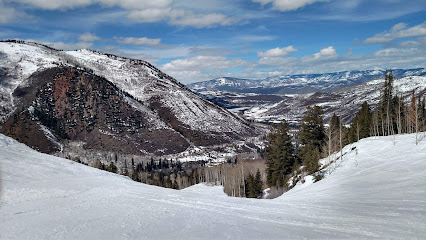
Il Poggio
Experience authentic Italian cuisine at Il Poggio in Snowmass Village - where delicious food meets breathtaking mountain views.
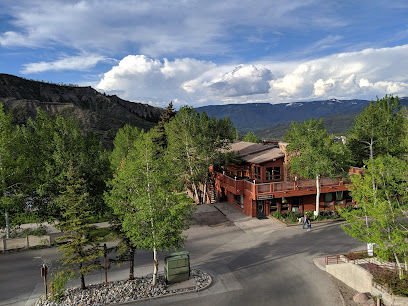
New Belgium Ranger Station
Discover delicious local cuisine at New Belgium Ranger Station in Snowmass Village - where culinary excellence meets breathtaking mountain views.
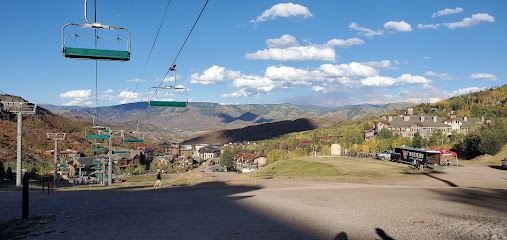
High Alpine Restaurant
Discover breathtaking views and exquisite local cuisine at High Alpine Restaurant in Snowmass Village - where mountain dining meets culinary excellence.
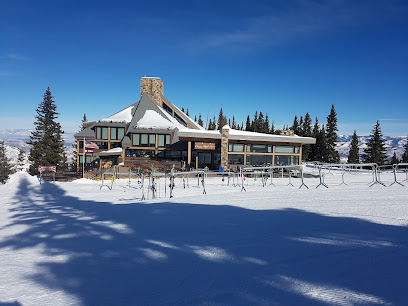
Sam's
Experience authentic Italian cuisine at Sam's in Snowmass Village - where delicious food meets breathtaking mountain views.
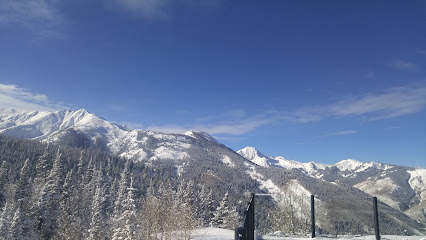
The Edge Restaurant and Bar - Snowmass
Discover authentic German flavors and fondue delights at The Edge Restaurant and Bar in Snowmass Village amidst stunning mountain views.
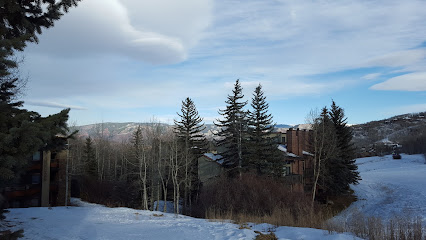
Aurum Food & Wine Aspen Snowmass
Experience exquisite American cuisine and fine wines at Aurum Food & Wine in Snowmass Village—a perfect blend of taste and ambiance.
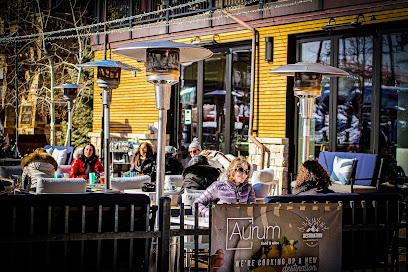
Up 4 Pizza
Experience mouth-watering pizza atop Snowmass Village's Big Burn Lift with stunning mountain views and cozy atmosphere at Up 4 Pizza.
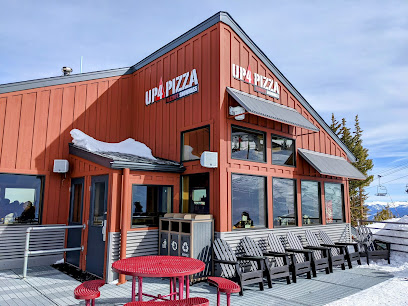
Ullrhof
Experience delightful American cuisine at Ullrhof in Snowmass Village, where hearty meals meet stunning mountain views.
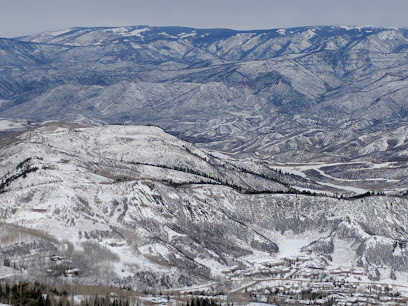
The Artisan
Experience the perfect blend of local flavors and mountain charm at The Artisan in Snowmass Village - where every meal is a celebration.
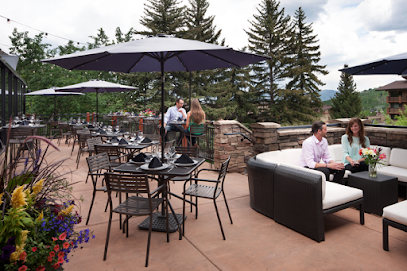
Lynn Britt Cabin
Experience fine dining at Lynn Britt Cabin in Snowmass Village, where gourmet American cuisine meets breathtaking mountain scenery.
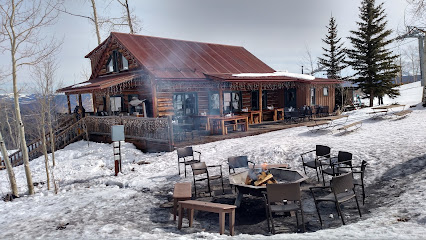
TORO Kitchen & Lounge
Experience contemporary American cuisine at TORO Kitchen & Lounge in Snowmass Village, where flavors meet elegance amidst stunning mountain views.
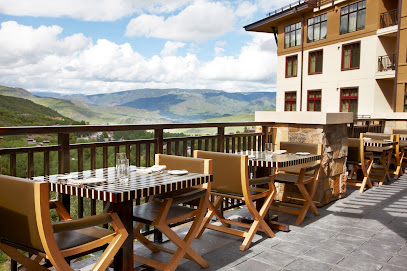
Markets, malls and hidden boutiques
Maroon Bells Scenic Area
Discover the breathtaking Maroon Bells Scenic Area, a must-visit for nature lovers and hikers seeking stunning views and unforgettable experiences.
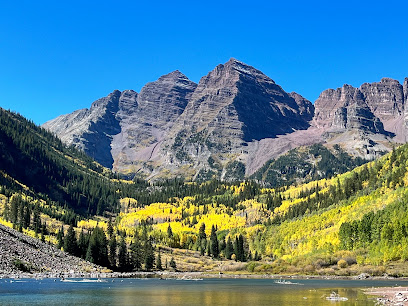
Snowmass Mall
Experience the best of shopping and dining at Snowmass Mall, where boutique charm meets breathtaking mountain views.
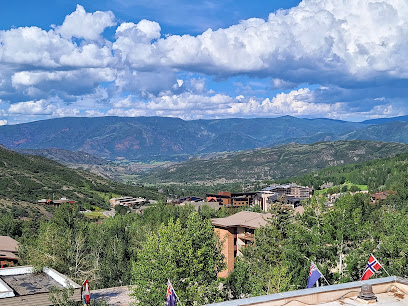
Aspen Emporium
Explore an exquisite collection of local and international art at Aspen Emporium, where creativity meets culture in the heart of Aspen.

Maroon Bells-Snowmass Wilderness - White River
Experience the breathtaking beauty of the Maroon Bells-Snowmass Wilderness, a nature preserve filled with stunning landscapes and outdoor adventures in Colorado.
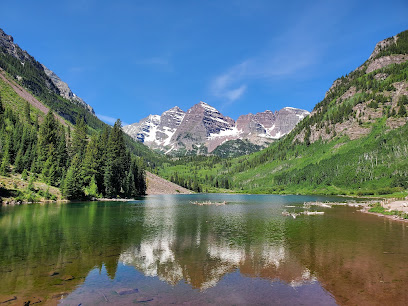
Snowmass Sports
Discover outdoor adventures at Snowmass Sports with top-notch bicycle rentals, ski gear, and expert repairs in Snowmass Village, Colorado.
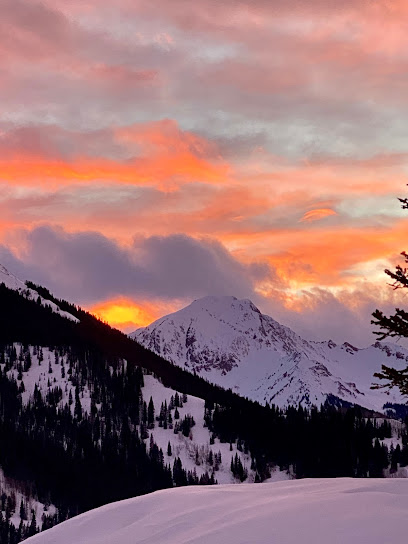
Four Mountain Sports - Snowmass Mall
Discover exhilarating biking adventures at Four Mountain Sports - Snowmass Mall, your gateway to Colorado's stunning outdoor trails.
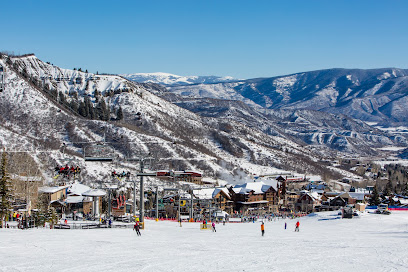
Maroon Bells Basecamp
Explore the Maroon Bells Basecamp: Your essential resource for outdoor adventures in Aspen, Colorado, surrounded by stunning mountain vistas.

ASPENX
Discover ASPENX: Your gateway to unforgettable adventures in Aspen, featuring bicycle rentals, ski gear, and a cozy café experience.
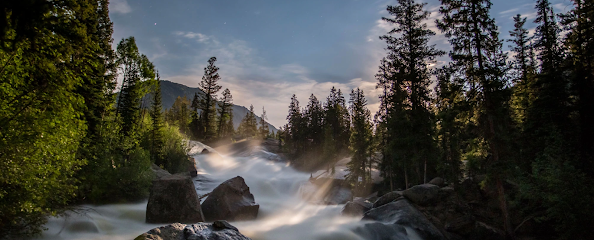
Strafe Outerwear (Snowmass)
Discover stylish, high-performance snow sports apparel at Strafe Outerwear in Snowmass Village, where adventure meets fashion.
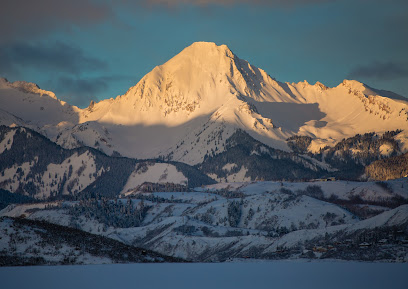
bundles gift co
Explore Bundles Gift Co in Aspen for unique gifts, corporate souvenirs, and beautiful wedding essentials that capture the essence of the Rockies.
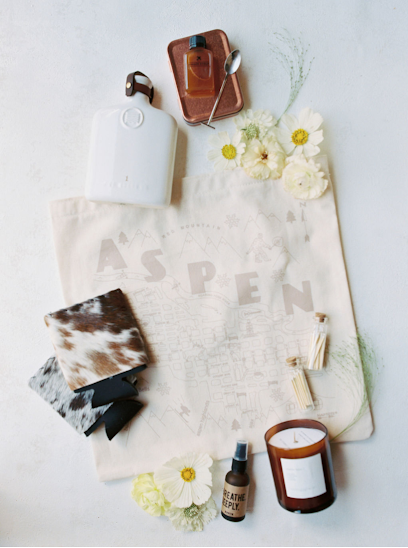
Four Mountain Sports - Buttermilk
Discover premier ski rentals and expert gear services at Four Mountain Sports, your gateway to the slopes in Aspen's breathtaking Buttermilk Mountain.
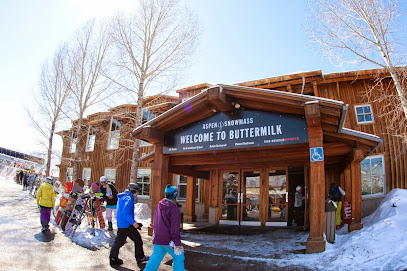
The Little Nell Boutique
Discover unique treasures and local crafts at The Little Nell Boutique, a charming gift shop in the heart of Aspen, Colorado.

Snowmass T-Shirt Co
Explore Snowmass T-Shirt Co for unique souvenirs that capture the spirit of Colorado's mountain lifestyle, perfect for every tourist.
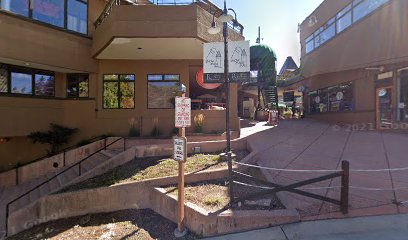
Local Color of Snowmass
Discover unique women's fashion at Local Color of Snowmass, where style meets the stunning scenery of Aspen.

Four Mountain Sports - Two Creeks
Explore the slopes of Snowmass Village with Four Mountain Sports - Two Creeks, your trusted partner for ski and snowboard rentals and expert advice.
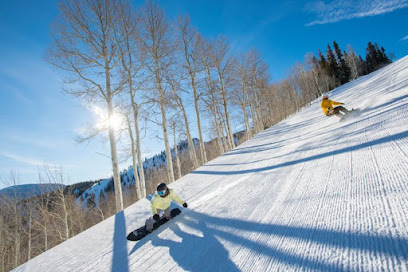
Essential bars & hidden hideouts
White House Tavern
Experience the heart of American dining at White House Tavern in Aspen, where classic flavors meet a vibrant atmosphere.
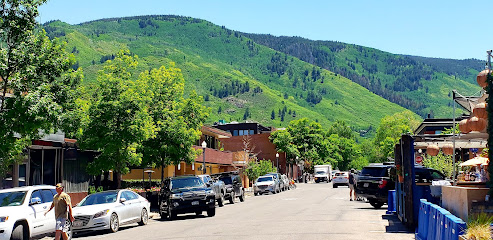
Venga Venga
Discover Venga Venga: A vibrant restaurant in Snowmass Village serving exquisite Southwestern cuisine amidst stunning mountain views.
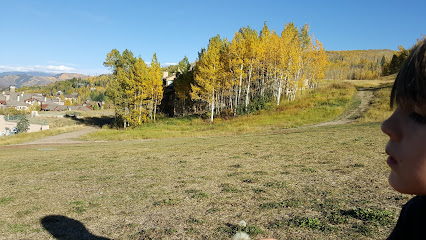
Base Camp Bar & Grill
Experience the warmth of Base Camp Bar & Grill in Snowmass Village, where hearty meals and stunning views create the perfect mountain retreat.
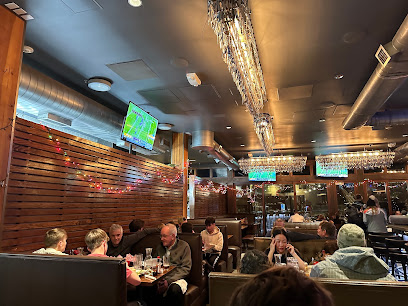
Elk Camp
Experience organic cuisine with breathtaking mountain views at Elk Camp in Snowmass Village, a true gem for food lovers and outdoor enthusiasts.
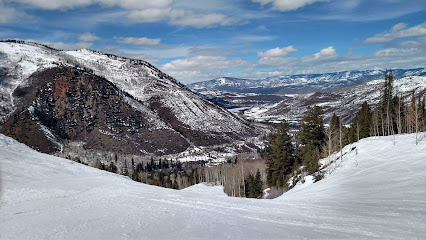
Ajax Tavern
Enjoy the perfect blend of American and French cuisine at Ajax Tavern, an Aspen favorite for après-ski dining with stunning mountain views.
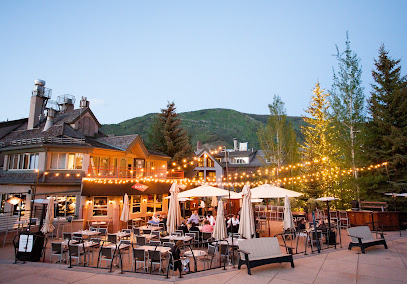
Il Poggio
Experience the rich flavors of authentic Italian cuisine at Il Poggio, a culinary gem in Snowmass Village, Colorado.
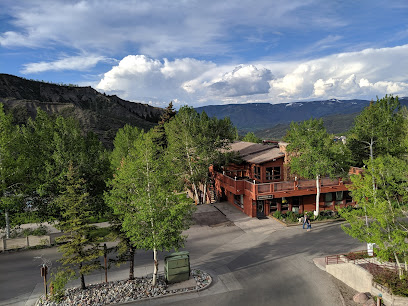
J-Bar
Discover J-Bar, Aspen's premier bar offering a stylish ambiance, delicious cocktails, and a lively atmosphere perfect for any occasion.
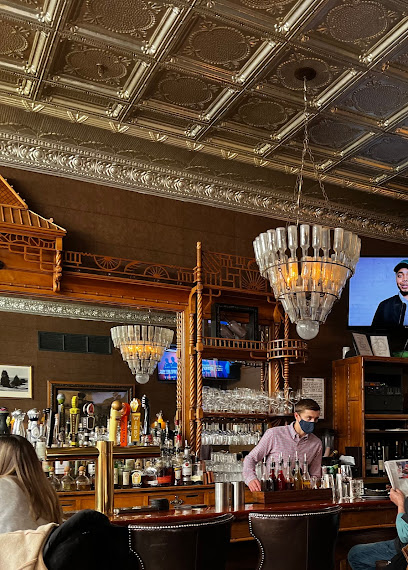
Cloud Nine Alpine Bistro Aspen Highlands
Discover exquisite Swiss cuisine amidst breathtaking mountain views at Cloud Nine Alpine Bistro in Aspen Highlands, a top dining destination for tourists.
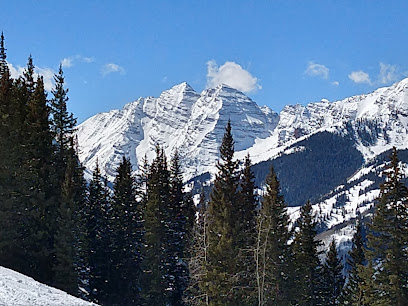
New Belgium Ranger Station
Discover the New Belgium Ranger Station in Snowmass Village, where craft beers and local cuisine create unforgettable dining experiences.
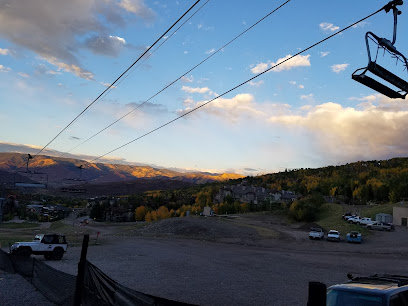
Zane's Tavern Snowmass
Discover Zane's Tavern in Snowmass Village, where hearty grill favorites meet a lively atmosphere in the heart of Colorado's stunning mountains.
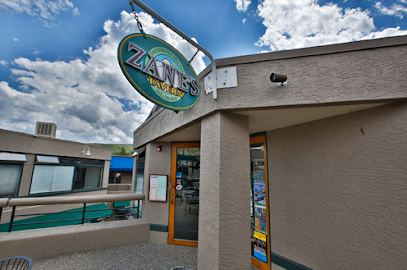
High Alpine Restaurant
Experience the perfect blend of stunning mountain views and exquisite cuisine at High Alpine Restaurant in Snowmass Village, Colorado.
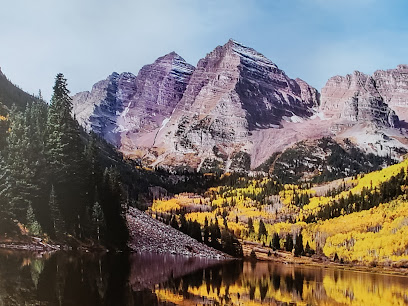
Sam's
Discover the charm of Italian cuisine with breathtaking views at Sam's in Snowmass Village, Colorado.
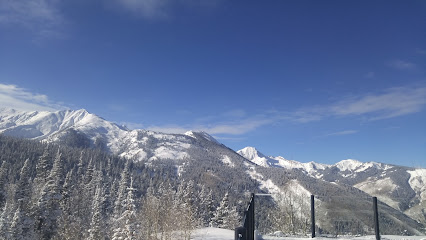
Element 47
Experience exquisite American cuisine at Element 47 in Aspen, where seasonal ingredients meet a breathtaking mountain backdrop.

Silver City Aspen
Immerse yourself in the lively nightlife of Aspen at Silver City Aspen, where live music, sports, and great drinks come together for an unforgettable experience.
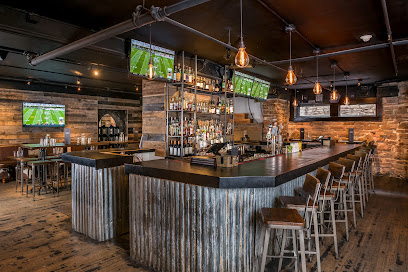
The Edge Restaurant and Bar - Snowmass
Experience the best of German cuisine and fondue at The Edge Restaurant and Bar in picturesque Snowmass Village, Colorado.

Local Phrases about Maroon Bells-Snowmass Wilderness
-
- HelloWaawii
[wah-wee] - GoodbyeKwii nii
[kwee nee] - YesEyo
[ay-yoh] - NoMba
[um-bah] - Please/You're welcomeKoosu/Abada
[koh-soo/ah-bah-dah] - Thank youEse
[ay-say] - Excuse me/SorryNzee/Nyama
[n-zeh/nyah-mah] - How are you?Eyi dera?
[ay-yee deh-rah] - Fine. And you?Dera. Ni da?
[deh-rah. nee dah] - Do you speak English?I nji English?
[ee n-jee English?] - I don't understandA kaan fahstand
[ah kahn fah-stand]
- HelloWaawii
-
- I'd like to see the menu, pleaseA falaa menu, Nyene
[ah fah-lah meh-noo, nyeh-neh] - I don't eat meatA nji faa nyama
[ah n-jee fah nyah-mah] - Cheers!Yaayaa!
[yah-yah-yah] - I would like to pay, pleaseA falaa nzo, Nyene
[ah fah-lah n-zoh, nyeh-neh]
- I'd like to see the menu, pleaseA falaa menu, Nyene
-
- Help!Nkoo!
[n-koh] - Go away!Nji leema!
[n-jee lee-mah] - Call the Police!Njaa Poliisi!
[n-jah poh-lee-see] - Call a doctor!Njaa dokita!
[n-jah doh-kee-tah] - I'm lostA kan leema
[ah kahn lee-mah] - I'm illA nji fii
[ah n-jee fee]
- Help!Nkoo!
-
- I'd like to buy...A falaa...
[ah fah-lah...] - I'm just lookingA kwaa nji
[ah kwah n-jee] - How much is it?Koosu nkoo?
[koh-soo n-koh] - That's too expensiveNkaa nkoo nkoo
[n-kah n-koh n-koh] - Can you lower the price?I nji nnkoo nkoo?
[ee n-jee n-koh n-koh]
- I'd like to buy...A falaa...
-
- What time is it?Nkoo nchaa ni?
[n-koh n-chah nee] - It's one o'clockNi nchaa mmo
[nee n-chah m-moh] - Half past (10)Nchaa nkwaa (10)
[n-chah n-kwah (10)] - MorningMbeere
[em-bay-ray] - AfternoonNkato
[n-kah-toh] - EveningNjaa
[n-jah] - YesterdayIki
[ee-kee] - TodayOdia
[oh-dee-ah] - TomorrowBero
[beh-roh] - 1Moja
[moh-jah] - 2Mbili
[em-bee-lee] - 3Tatu
[tah-too] - 4Nne
[n-neh] - 5Tano
[tah-noh] - 6Sita
[see-tah] - 7Saba
[sah-bah] - 8Nane
[nah-neh] - 9Tisa
[tee-sah] - 10Kumi
[koo-mee]
- What time is it?Nkoo nchaa ni?
-
- Where's a/the...?Nji ni...
[n-jee nee...] - What's the address?Ni adiri?
[nee ah-dee-ree] - Can you show me (on the map)?I nji toonye (na map)?
[ee n-jee too-nyeh (nah map)?] - When's the next (bus)?Ni nchaa (bus) nkaa?
[nee n-chah (bus) n-kah] - A ticket (to ....)Njo (to ....)
[n-joh (to ....)]
- Where's a/the...?Nji ni...
History of Maroon Bells-Snowmass Wilderness
-
Long before European settlers arrived, the Ute people inhabited the Maroon Bells-Snowmass Wilderness area. The Utes were known for their intimate knowledge of the land, which they used for hunting, gathering, and spiritual practices. The Ute trails and pathways would later become important routes for explorers and settlers.
-
In the mid-1800s, European explorers began to venture into the Maroon Bells-Snowmass Wilderness. The rugged terrain and stunning landscapes attracted explorers like Ferdinand V. Hayden, who surveyed the area in 1873 as part of the Hayden Geological Survey. These early explorations laid the groundwork for future settlements and tourism.
-
The late 19th century saw a mining boom in Colorado, and the Maroon Bells-Snowmass Wilderness was no exception. Prospectors flocked to the area in search of precious metals. Although the rugged terrain made large-scale mining difficult, several small mining operations were established, leaving behind ghost towns and mining relics that can still be found today.
-
The Maroon Bells-Snowmass Wilderness was officially designated as a wilderness area in 1964 with the passage of the Wilderness Act. This legislation aimed to preserve the natural beauty and ecological integrity of the area, ensuring that it remains untouched by modern development. The wilderness area now spans over 181,000 acres and is a haven for outdoor enthusiasts.
-
In the 20th century, the Maroon Bells-Snowmass Wilderness became a popular destination for tourists. The construction of scenic byways and hiking trails made the area more accessible, attracting visitors from around the world. The iconic image of the Maroon Bells reflected in Maroon Lake has become one of the most photographed scenes in North America.
-
Ongoing conservation efforts have been crucial in maintaining the pristine condition of Maroon Bells-Snowmass Wilderness. Organizations like the U.S. Forest Service and local conservation groups work tirelessly to protect the area's natural habitats, ensuring that future generations can enjoy its unspoiled beauty. Initiatives such as trail maintenance, wildlife protection, and visitor education programs are integral to these efforts.
Maroon Bells-Snowmass Wilderness Essentials
-
The Maroon Bells-Snowmass Wilderness is located in central Colorado, near the towns of Aspen and Snowmass Village. The nearest major airport is Aspen/Pitkin County Airport (ASE), approximately 10 miles from the wilderness area. Alternatively, you can fly into Denver International Airport (DEN), which is about 220 miles away. From Denver, you can rent a car or take a shuttle service to Aspen. Public transportation options include the Roaring Fork Transportation Authority (RFTA) buses, which provide services from Aspen to the Maroon Bells Scenic Area during peak seasons.
-
Once you arrive in Aspen or Snowmass Village, the easiest way to get to the Maroon Bells-Snowmass Wilderness is by car or shuttle bus. During the summer months, private vehicles are restricted from accessing Maroon Bells Scenic Area between 8:00 AM and 5:00 PM; instead, visitors must use the RFTA shuttle buses from Aspen Highlands. For those who prefer hiking, there are multiple trailheads with parking areas. Renting a car gives you the flexibility to explore the surrounding areas at your own pace.
-
The official currency in the United States is the US Dollar (USD). Credit cards are widely accepted in Aspen, Snowmass Village, and surrounding areas, including at hotels, restaurants, and shops. ATMs are readily available in these towns, but it is advisable to carry some cash for use in more remote areas of the wilderness where card payments may not be accepted.
-
Maroon Bells-Snowmass Wilderness is generally a safe destination for tourists. However, it is important to take standard outdoor safety precautions. Always let someone know your itinerary, carry a map, and be aware of weather conditions. Bear sightings are not uncommon, so it is essential to store food properly and follow guidelines for wildlife encounters. There are no specific high-crime areas targeting tourists, but it is always best to stay vigilant and aware of your surroundings, especially in parking areas and trailheads.
-
In case of emergency, dial 911 for immediate assistance. Emergency services are available in Aspen and Snowmass Village, including hospitals and urgent care centers. It is highly recommended to have travel insurance that covers medical emergencies and outdoor activities. For minor issues, there are pharmacies in Aspen and Snowmass Village where you can purchase over-the-counter medications. If you are injured or lost in the wilderness, stay calm, and try to make your location visible to rescuers.
-
Fashion: Do wear appropriate outdoor clothing, including layers, as weather can change rapidly. Avoid wearing cotton, which retains moisture. Religion: There are no specific religious customs to follow, but always respect nature and other visitors. Public Transport: Do use the RFTA shuttle buses during peak times to reduce your environmental impact. Don't litter; always carry out what you carry in. Greetings: Do greet fellow hikers with a smile or a nod; it's common for outdoor enthusiasts to acknowledge each other. Eating & Drinking: Do bring sufficient food and water. Don't feed wildlife, as it disrupts their natural habits.
-
To experience Maroon Bells-Snowmass Wilderness like a local, start your hike early in the morning to avoid crowds and enjoy the tranquility. Visit during the fall, when the aspen trees turn a stunning golden color. Engage with local rangers who can provide valuable insights and updates on trail conditions. If you're up for a challenge, consider hiking the Four Pass Loop, a 26-mile trail that offers breathtaking views and a true wilderness experience. Remember to practice Leave No Trace principles to preserve the beauty of this natural area.
Nearby Cities to Maroon Bells-Snowmass Wilderness
-
Things To Do in Crested Butte
-
Things To Do in Glenwood Springs
-
Things To Do in Gunnison
-
Things To Do in Leadville
-
Things To Do in Vail
-
Things To Do in Breckenridge
-
Things To Do in Montrose
-
Things To Do in Salida
-
Things To Do in Grand Junction
-
Things To Do in Ouray
-
Things To Do in Steamboat Springs
-
Things To Do in Canon City
-
Things To Do in Boulder
-
Things To Do in Monument
-
Things To Do in Denver


